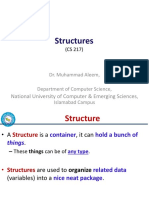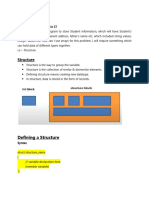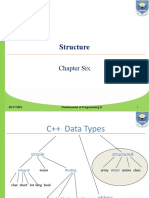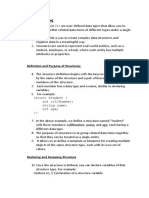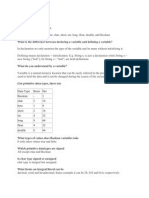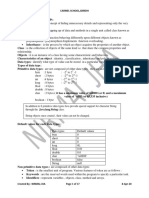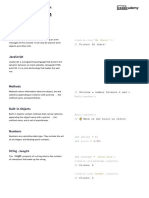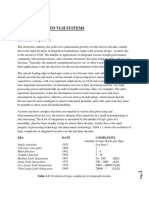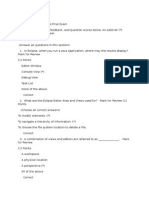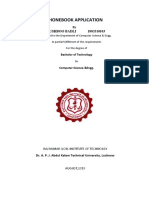0% found this document useful (0 votes)
59 views22 pagesC++ Structures for Beginners
This document is about structures and arrays handling in c plus plus. this document is very useful for understanding programming.
Uploaded by
JohnCopyright
© © All Rights Reserved
We take content rights seriously. If you suspect this is your content, claim it here.
Available Formats
Download as PDF, TXT or read online on Scribd
0% found this document useful (0 votes)
59 views22 pagesC++ Structures for Beginners
This document is about structures and arrays handling in c plus plus. this document is very useful for understanding programming.
Uploaded by
JohnCopyright
© © All Rights Reserved
We take content rights seriously. If you suspect this is your content, claim it here.
Available Formats
Download as PDF, TXT or read online on Scribd
/ 22









